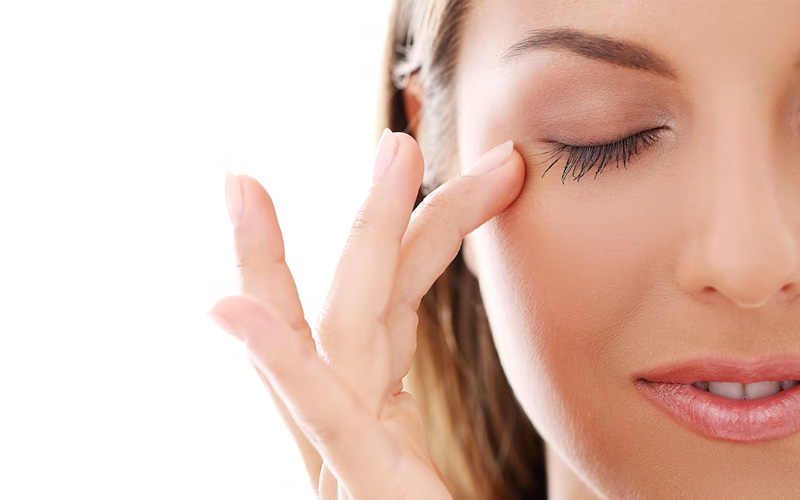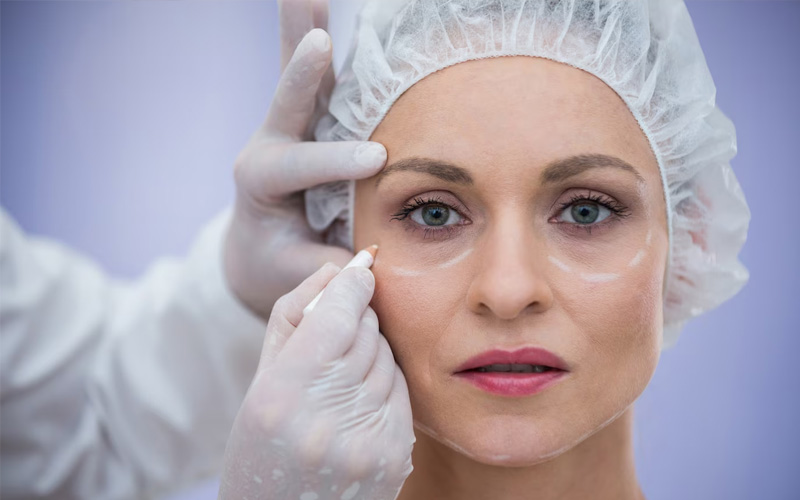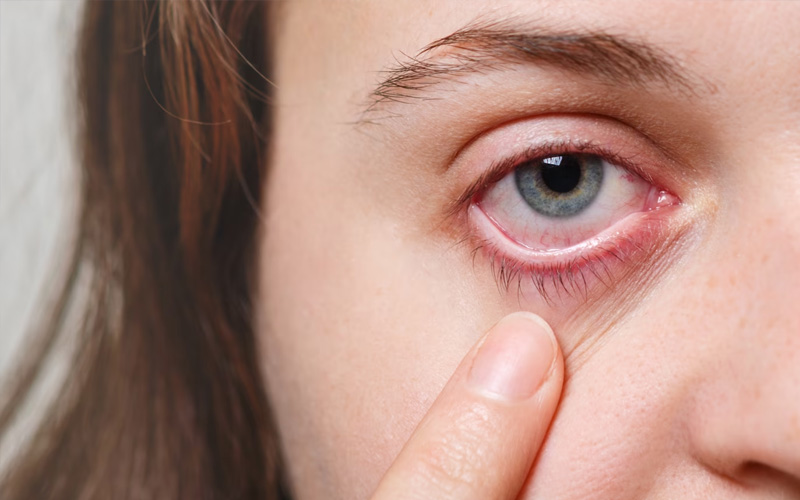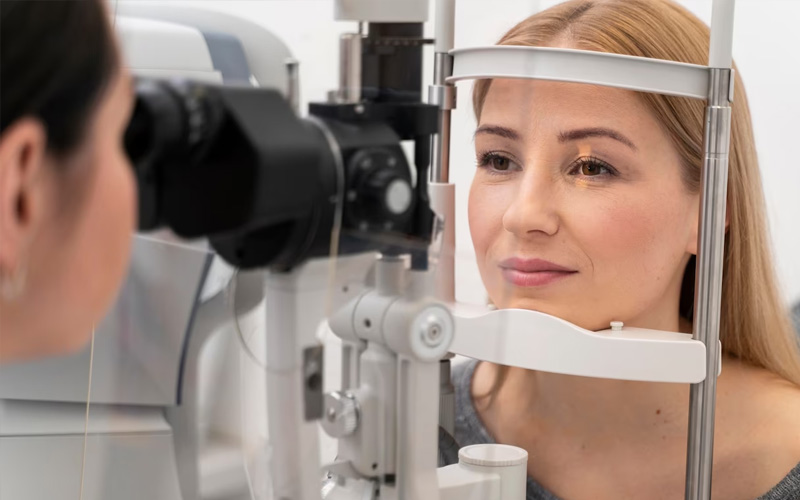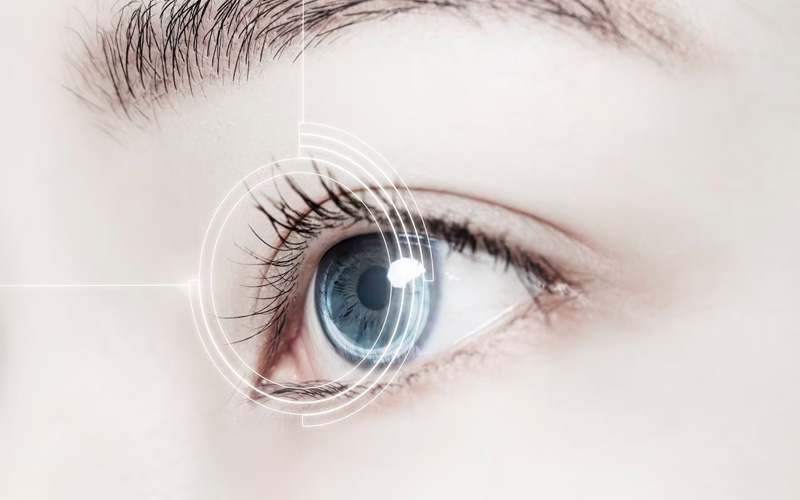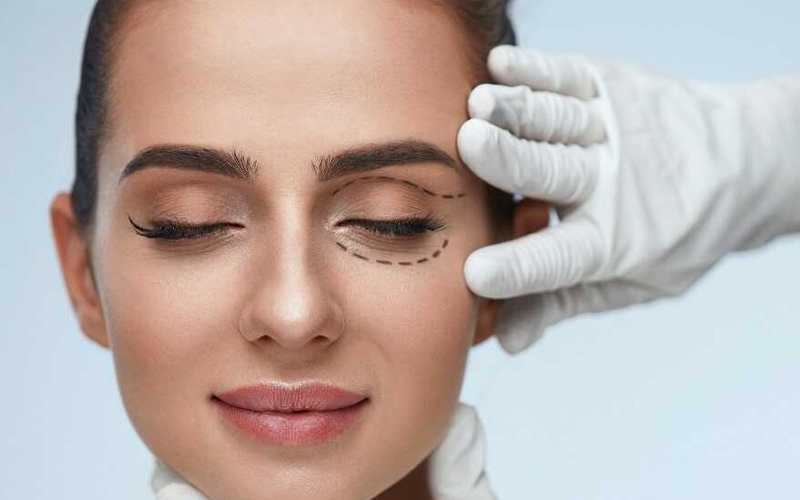Eyelid Deformities – Entropion and Ectropion
Eyelid deformities can occur due to congenital conditions, aging, or sometimes trauma, accidents, or tumors. The eyelids are crucial structures that protect our eyes, housing tear glands, tear ducts, and eyelashes. Any deformity in the eyelids can lead to problems that affect the eyes and vision. Two common conditions are entropion (inward turning of the eyelid) and ectropion (outward turning of the eyelid).
Entropion is a deformity in which the eyelid turns inward. This condition typically affects the lower eyelids due to their anatomical structure. The tissue of the lower eyelid may turn inward either partially or completely, causing the eyelashes and the keratinized skin tissue to rub against the conjunctiva and especially the cornea. This friction can be quite uncomfortable, leading to symptoms such as eye irritation, burning, redness, and tearing. If left untreated or if treatment is delayed, it can result in corneal ulcers and infections, potentially causing permanent damage.
The treatment for entropion is surgical. It involves tightening the structures that cause the eyelid to loosen and correcting the shape of the eyelid. When performed by skilled oculoplastic surgeons, the results are long-lasting and successful.
Would you like to know more about ectropion as well?
Ectropion is another eyelid deformity, characterized by the outward turning of the eyelid. Like entropion, it typically affects the lower eyelids, as they are structurally more prone to such deformities compared to the upper eyelids. In contrast to entropion, where the eyelid turns inward, in ectropion, the eyelid turns outward, exposing the inner mucosal surface of the eyelid to external factors. This exposure leads to irritation, as the sensitive inner eyelid tissue is no longer protected.
Patients and their families can often easily notice this condition, as the eyelid visibly droops outward. The disruption in eyelid function causes issues such as dryness on the surface of the eye and the cornea, which can lead to discomfort. Additionally, many patients with ectropion experience excessive tearing, as the tears, instead of being distributed properly over the eye, pool in the lower eyelid and then overflow. This constant need to wipe away the tears further exacerbates the deformity and leads to skin irritation.
As with entropion, the treatment for ectropion is surgical correction. The surgery, usually performed under local anesthesia, involves repairing the eyelid’s structure to restore its proper position. The best outcomes are achieved by an oculoplastic surgeon with expertise in protecting the eyes and eyelids, following the principles of oculoplastic surgery.
